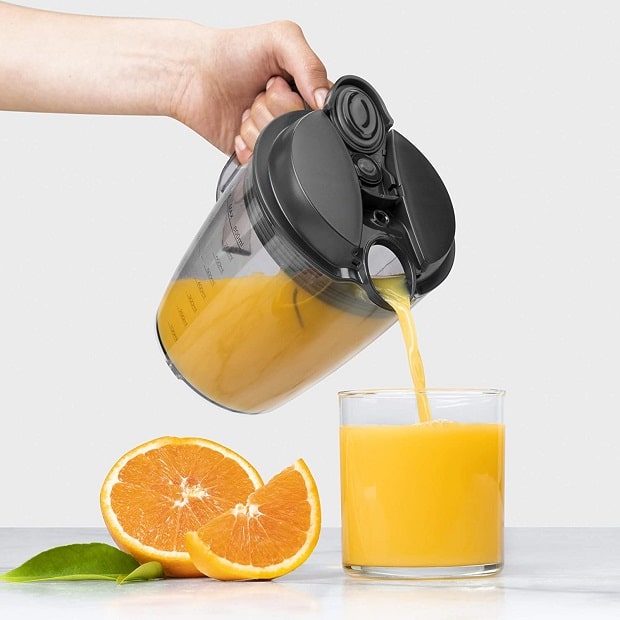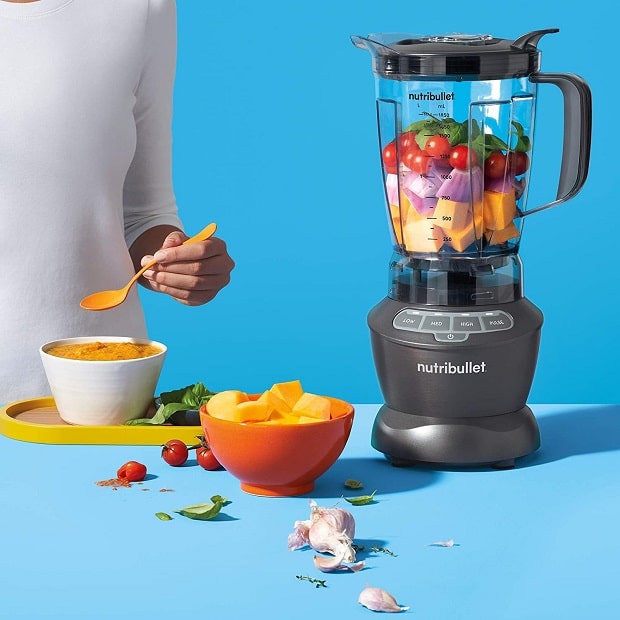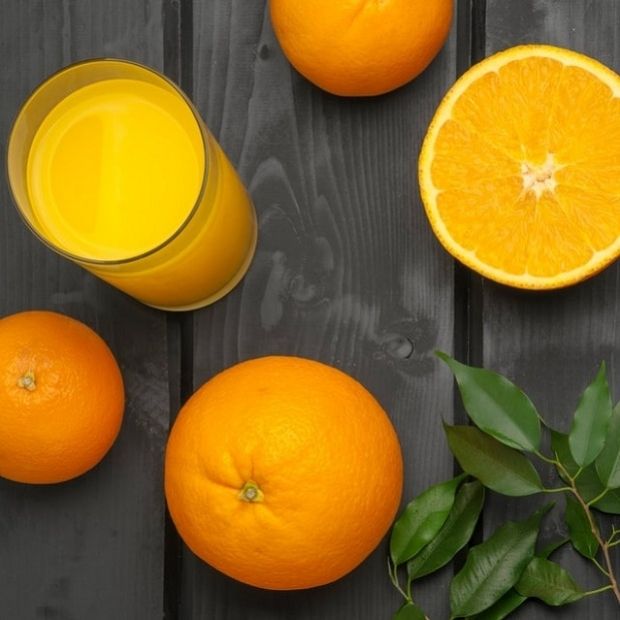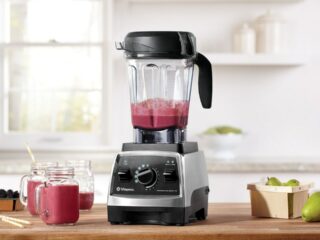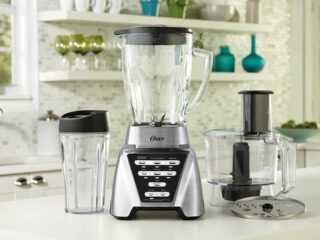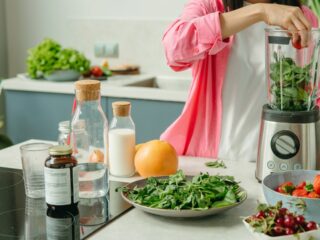This post contains affiliate links. For more information, see our disclosure here.
Across the world, people have various meals and special delicacies they enjoy. If we were to make a list of all the foods available in one continent alone, it would be a very long one. However, one thing that everyone has in common is that food is an important way to get essential nutrients.
Cooking is arguably the most popular way of processing food today. However, not everyone has enough time to cook a meal, and according to nutritionists, cooking tends to get rid of some valuable nutrients in the ingredients.
Thankfully, people can turn to juicing or blending to prepare vegetables and fruits most healthily. Both ways of processing food are easier, delicious, and offer high levels of nutrients. However, there’s still the usual juicing vs. blending debate. What’s the difference between the two? Which one is a better option?
This article will explain the meaning of blending and juicing, their benefits, and their differences. This will help you decide which one is the right choice for your healthy lifestyle.
Juicing vs. Blending
Juicing and blending are excellent easy ways to increase the number of fruits and vegetables you consume. Both processes are very similar because they involve the liquefying of ingredients into delicious juices or smoothies. Nonetheless, there are some differences between the two of them.
What is Juicing?
Juicing refers to extracting the liquids and nutrients from fruits and vegetables. With juicing, you separate the fiber from the liquid. The process typically requires a juicer or juicing machine to eliminate all the skin, seeds, and pulp.
With juicing, you get the most enzymes, vitamins, and other nutrients because the fluid contains more nutrients than the fiber then gets separated. Additionally, juices help your body stay hydrated.
Many people prefer juicing because of the lack of fiber that you usually get from whole fruit or vegetables. The belief is that juicing helps your body digest nutrients effortlessly, allows you to detox, and is a great way to get rid of excess weight. However, the thing is that your body can detox on its own, and juicing may not have much of a difference in long-term weight loss.
So, juicing is perfect for people with digestive issues or those recovering from certain illnesses. It is because nutrient-rich juices help repair damaged body cells, and they boost the immune system.
Pros Of Juicing
- It is faster and more convenient for people who are always on the go.
- The body absorbs nutrients faster when consumed as juice.
- Juices contain a high concentration of vitamins, enzymes, and other nutrients essential for the body.
- It contains less fiber because the pulp, skin, and seeds are not processed in the juice.
Cons Of Juicing
- You will require more vegetables and fruits to get a sizable amount of juice.
- It can be more expensive to buy the vegetables and fruits you need to make juice.
- As your body absorbs nutrients from juice faster, juice made from certain fruits could cause your blood sugar level to spike.
What is Blending?
Blending is another wonderful way to incorporate vegetables and fruits into your diet. It is a process of breaking down all your ingredients into a thicker consistent texture as a smoothie. Apart from the tons of vitamins, minerals, enzymes, phytonutrients, and other benefits blending provides, you also get fiber.
This is because blending pulverizes the whole fruit or vegetable into a smooth thick drink without getting rid of the pulp, seeds, or skin. However, the fiber in smoothies is already broken down, so it is easy to digest.
Unlike juicing, blending has a rougher texture because of the fiber, and you can decide how fine you want the texture to be with your blender. The way to prepare less pulpy smoothies is to use a powerful blender. In addition, you can add extra ingredients like milk, protein powder, nuts, or coconut oil to make your smoothies more satisfying and energizing.
Because of how blending works, it is advisable that you only use specific blenders that can handle your vegetables or fruits. Some can pulverize tough fruits and vegetables, while others may break down while you’re operating it.
Pros Of Blending
- The blending process breaks down all the fiber for easy consumption.
- A blender helps you pulverize tough fruits and ingredients.
- The crushed fiber is more filling than juices.
- You can add other ingredients like proteins, healthy fats, and nuts.
Cons Of Blending
- Not as filling as solid food.
- You can’t blend certain fruits and vegetables like carrots, beets, or potatoes because the blended mixture may not taste good.
- A single serving of a blended mixture or smoothie is not rich in nutrients like juice.
Which Has More Health Benefits: Blending vs. Juicing?
Okay, the truth is that both are wonderful. Regardless of whether you decide to blend or juice your vegetables and fruits, you’ll be consuming valuable nutrients that help improve your health. So, it depends on what nutrients you are interested in. For example, the skin, pulp, and seeds of some fruits have nutrients that you may fail to extract when you juice instead of blend.
Although it takes more time to make juice, a single serving offers highly concentrated nutrients. Also, nutrients from juices are easier to absorb. Additionally, you can drink more juice because it doesn’t contain fibers that make you feel full quickly.
On the other hand, blending offers more health benefits because a single serving contains the entire package of nutrients fruits and vegetables have, including fibers, vitamins, minerals, and antioxidants. It is faster to prepare and easier to serve. Blending vegetables and fruits into a smoothie also satisfies you more than a glass of juice would. Also, blending provides more health benefits because you can add ingredients to provide essential nutrients or enrich the flavor.
Juicing vs. Blending: Final Thoughts
There’s only so much differentiating juicing and blending, but they are great ways to get the essential nutrients from fruits and vegetables. Both juicing and blending have several benefits and drawbacks in preparation and consumption.
In the juicing vs. blending debate, it’s not simple to say one is better than the other. However, blending is more recommended for its health benefits. Whichever way you decide to go, you will enjoy lots of nutritional value. Just purchase the appropriate equipment and work towards having a more nutritious diet.
